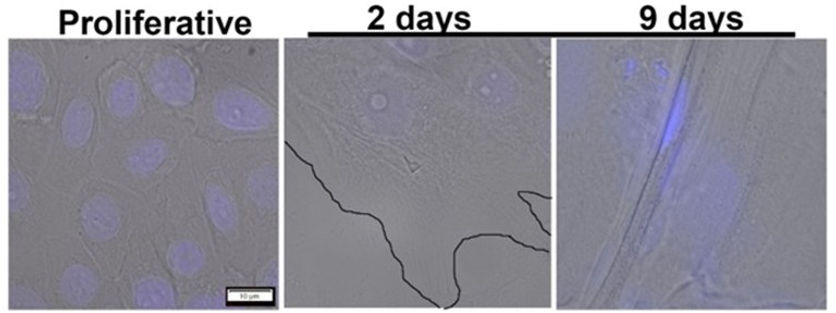The Barrier Biology Laboratory
Skin BARRIER BIOLOGY LABORATORY
The skin serves as a 'living wall' of the body that prevents harmful substances/pathogens from entering the body while retaining water and electrolytes, enabling terrestrial living. It ensures the proper functioning of internal organs by maintaining a balanced environment despite changes in the external world. Additionally, as a sensory organ, the skin senses environmental stimuli and communicates with internal organs, facilitating our body's adaptation. Importantly, the skin has the ability to regenerate after damage or injury.The research in our lab is focused on exploring the role of organelle modulation, specifically within the endo-lysosomal and secretory pathways, in skin cell differentiation and lamellar body biogenesis. We contextualize these molecular findings to understand skin barrier development, skin immunity, and skin barrier regeneration after injury, by modeling specific disease conditions and laboratory generated wound models. We use multi-scale models, including cells, organoids, and patient tissues; and employ biochemical methods and advanced imaging techniques, such as fluorescence microscopy, high-resolution microscopy, and electron microscopy.Our research focus is as below:
1. Keratinocyte differentiation and epidermis development:
Keratinocyte differentiation is crucial for epidermis development. We will use cell biology and omics techniques to study how the endo-lysosomal pathway influences this differentiation and contributes to the formation of functional epidermal sublayers

2.Skin lamellar body (LB) biogenesis and skin barrier formation:
Skin lamellar bodies, a type of lysosome-related organelle (LRO), play a crucial role in the formation of the skin barrier. This barrier, which essentially represents our body surface, is vital for retaining water and electrolytes and preventing the entry of pathogens.
To further understand this essential process, we propose to investigate the molecular pathways that govern lamellar body formation and their role in regulating skin hydration and hygiene. Our approach will involve the use of appropriate cellular and organoid models, coupled with advanced imaging techniques, including super-resolution electron microscopy.
We believe this research will provide valuable insights into the fundamental mechanisms underlying skin barrier function

The electron micrograph of in vitro generated human epidermis sublayers. Scale bar= 1μm.
3.Mechanisms of chronic wounds and immunoinflammatory skin diseases:
We will utilize genetic tools to develop cell/organoid models for diabetic wounds and psoriasis in our laboratory. Our focus is to investigate disease mechanisms to explore therapeutic interventions in the long-term.
